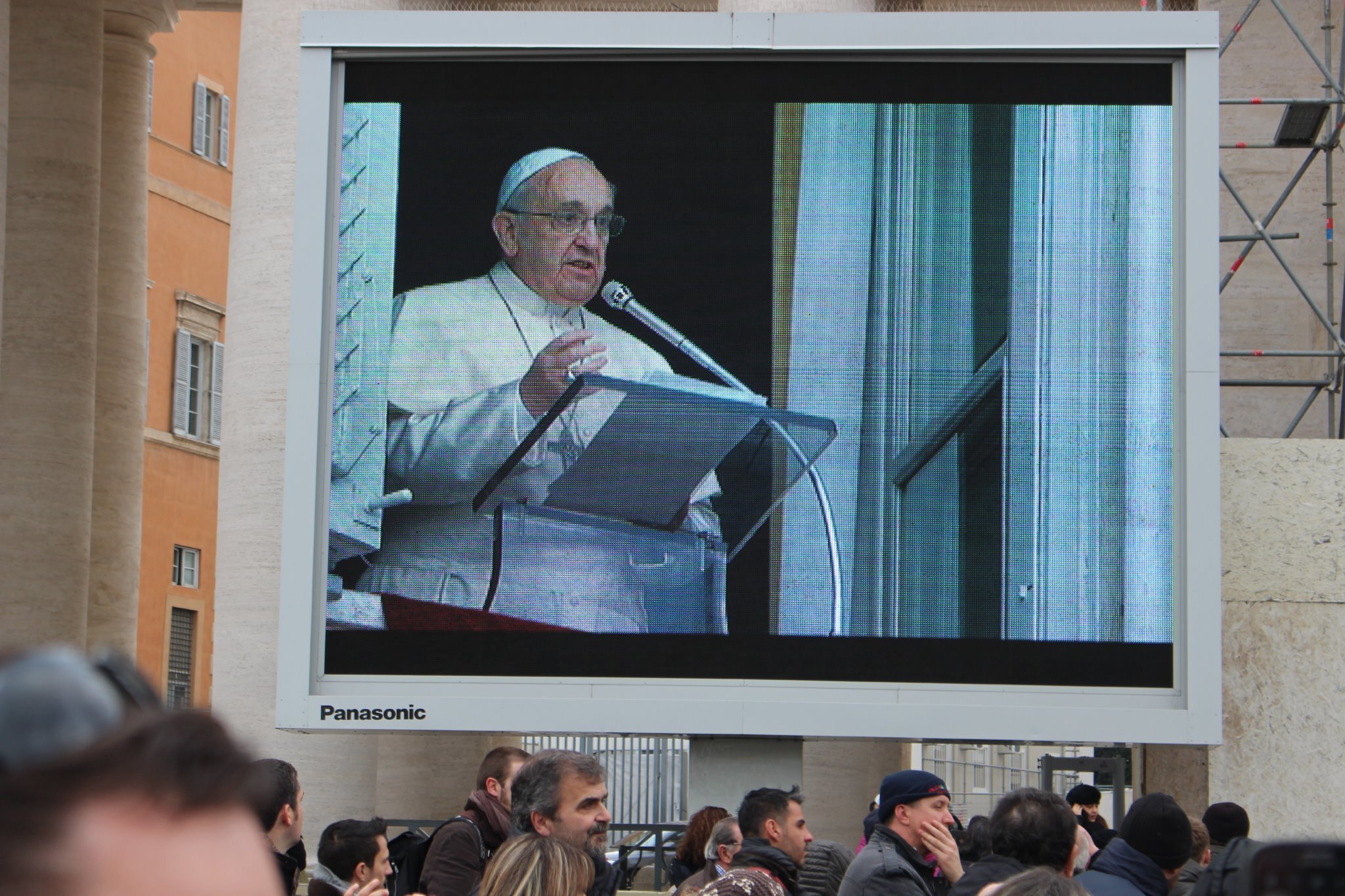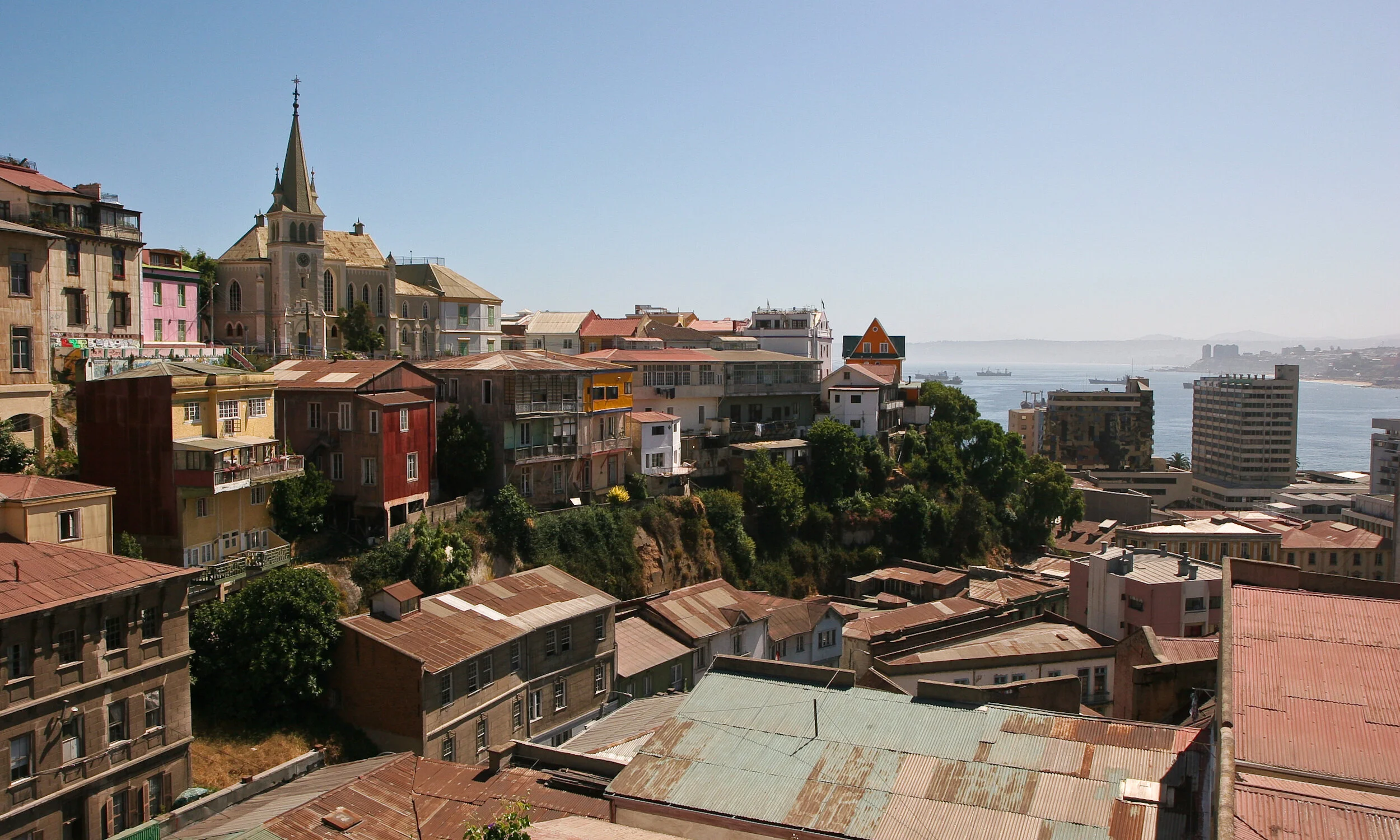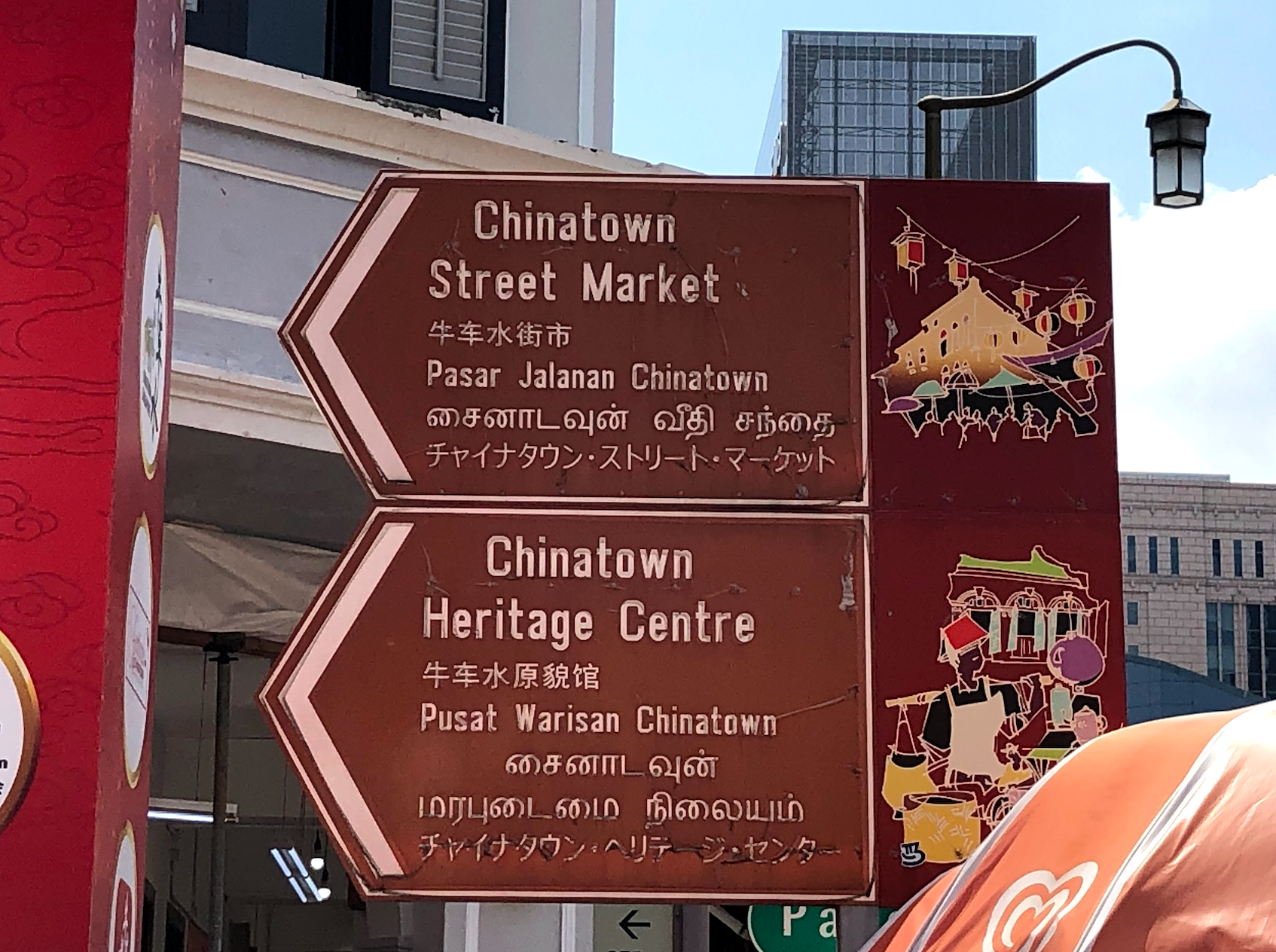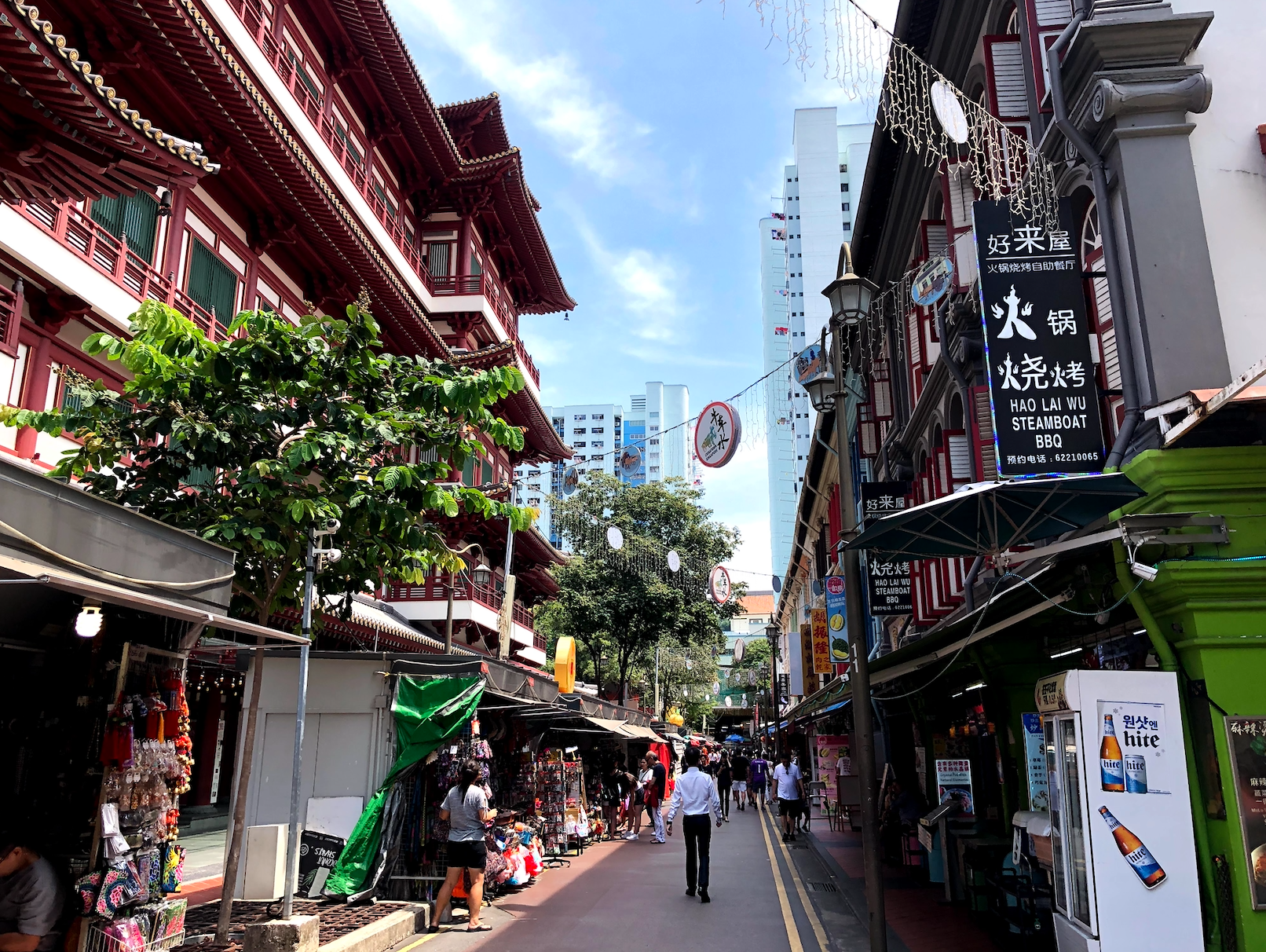The story of San Basilio de Palenque is one of unparalleled strength, resistance and bravery.
River near San Basilio de Palenque. Fundacion Gabo. CC2.0
Roughly 30 miles away from the port city of Cartagena, Colombia, lies the small town of San Basilio de Palenque. Palenque has rich historical significance, as it was the first free African town in the Americas. The town was declared a “Place of National Character and Cultural Interest” by the Colombian government and a “Masterpiece of the Oral and Intangible Heritage of Humanity” by UNESCO in 2005.
History of San Basilio de Palenque
Town square in San Basilio de Palenque. Restrepo. CC2.0
San Basilio de Palenque was one of many walled forts, known as palenques, that were founded by those escaping slavery in colonial times. Founded in 1603 by Benkos Bioho and 36 other people, San Basilio is the only palenque remaining to this day and was successful due to its isolated location amid swamps and hills. Escaped slaves from Cartagena and surrounding regions would travel to San Basilio de Palenque in the hopes of seeking freedom. Against all odds, “palenqueros” formed their own army, language and support system to stay safe. The town was declared the first free town in the Americas in 1713, nearly 100 years before Colombia became independent from Spain.
Palenqueros in Colombia Today
Palenquera women in Colombia. Vest. CC2.0
The isolated nature of San Basilio de Palenque provides limited employment opportunities, which in turn causes the migration of many palenqueros to larger cities in search of work. On the streets of Cartagena, palenquero men are engaged in construction projects while palenquera women wearing brightly colored dresses sell fresh fruit and traditional sweets made of nuts, tropical fruits and panela (unrefined sugar). In a video from Great Big Story, the palenquera Everlinda Salgado Herrera discusses the historical and cultural significance of a sweet called alegria (meaning happiness in Spanish), which represents the joy palenqueros felt when they found freedom.
Although palenqueros are becoming integrated into Colombian society, they were initially met with discrimination, sometimes leading to feelings of resentment and denial over their cultural and racial identity. In the 1980s and ‘90s, a young generation of palenqueros advocated for a resurgence of palenquero culture, hoping to promote an appreciation of their rich heritage. Strong cultural pride among palenqueros continues to this day. Edwin Valdez Hernandez, a dance instructor at the Batata Dance and Music school in Palenque, states, "We defend our values with a shout. We are Black, and we are defending our culture."
Cultural Treasures of San Basilio de Palenque
Drummers in Palenque. Vest. CC2.0
Palenque is known worldwide for its unique language, music and culinary scene. One of Colombia’s 69 Indigenous languages, the palenquero language is only spoken in San Basilio de Palenque. Captives on European slave ships came from all parts of Africa speaking a variety of languages. As a colonizing strategy, people were purposely mixed together so they would not be able to communicate to plan an escape. Despite this, palenqueros created their own language, influenced by Castilian Spanish, Bantu, Portuguese and English.
The cuisine of San Basilio de Palenque is a delight for the taste buds. Some dishes include seafood rice, mote (a traditional Caribbean cheese), and fish cooked in a creamy coconut sauce with pigeon peas, cassava and panela sugar. Palenquero cooking continues to reach international heights, most notably when the book “Cocina Palenquera Para el Mundo” won first prize at the 2014 Gourmand Cookbook Awards in Beijing.
Music is an incredibly important part of palenque culture and throughout Colombia. Palenque music is joyful with sweeping rhythms and fast drum beats and is coupled with bright costumes and a seemingly endless stamina for dancing. Some of the many dance styles include chalusonga, paseo, champeta, entrompao and palenquero son. Travelers can learn about Palenque’s rich musical culture by attending the Drums and Cultural Expressions Festival held annually in October.
The town of Palenque is also known for its interesting methods of running society. Instead of a police presence, Palenque is organized into systems called ma-kuagro, where people have designated roles and watch over each other. The crime rate in the town is nearly nonexistent due to this sense of community among Palenqueros. Interestingly, palenque women’s hairstyles also have historical significance. In colonial times, women would braid intricate patterns in their hair that were used to create maps, store gold and transmit messages to help people reach freedom. A statue of Palenque founder Benkos Bioho breaking out of chains stands in the town center.
A place of redemption and perseverance, San Basilio de Palenque is a cornerstone of Black resistance in Latin America and a perfect destination for a socially conscious traveler. Confronting past historical truths and being willing to listen to others’ experiences helps shed light on modern social issues to hopefully make the world a brighter and better place.
Megan Gürer
is a Turkish-American student at Wellesley College in Massachusetts studying Biological Sciences. Passionate about environmental issues and learning about other cultures, she dreams of exploring the globe. In her free time, she enjoys cooking, singing, and composing music.





































































